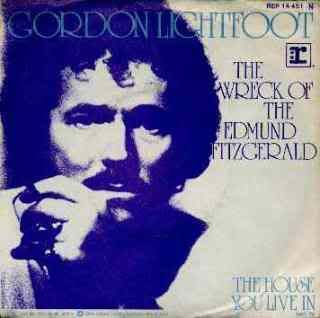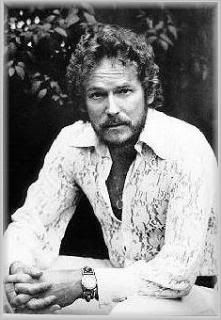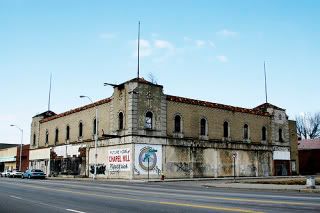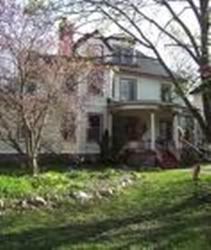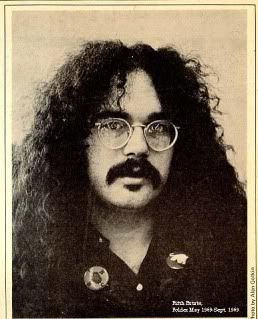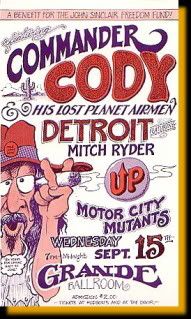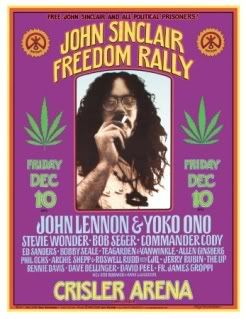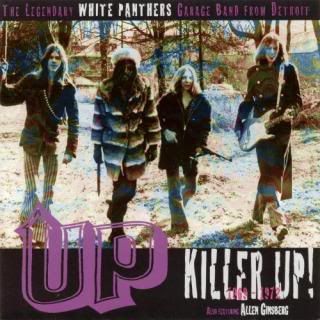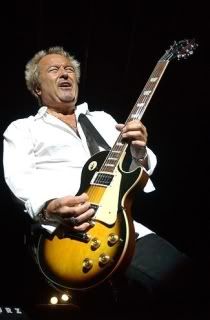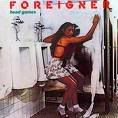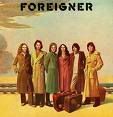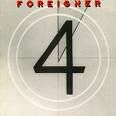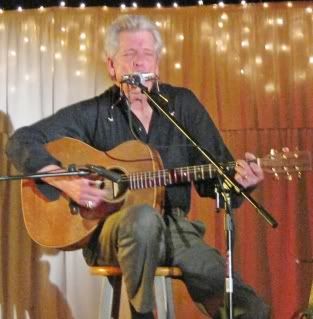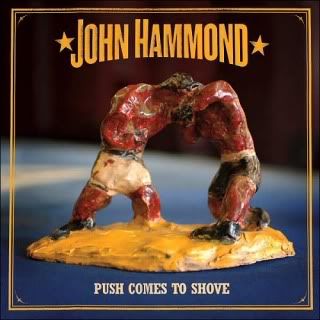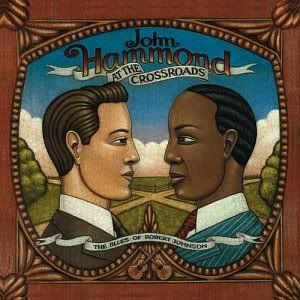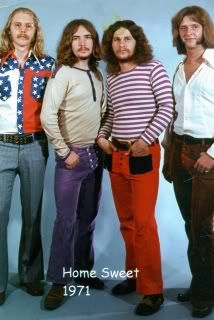
Jim "Smiley" Lewis, left, got his nickname
when he was in the popular local band Home Sweet.
Other members of the early 1970's group were Marc Maga,
Dave Cass and Jim Reno.
By STEVE SEYMOUR
From the beginning of the genre, blues musicians have been tagged with such monikers as "Slim," "Blind" or "Big."
The late bluesman Jim D. Lewis, a native of Escanaba, had a nickname too.
Well- versed in rock, country, rockabilly and blues, the 57-year old Lewis died in 2005 after a four-decades long career.
The singer, songwriter and guitarist was known early on as "Louie," not a stretch considering his last name.
Born in Escanaba, where his parents owned a small grocery store, Lewis graduated from Holy Name High School in 1966.
First a drummer, the young musician performed in various bands, including Beat, Inc., the Trolls, Johnny Evil and the Spirits, Lexington Project, Electric Grandmother, Tongue and Lectric Mudd.
Lewis was still known as "Louie" on a concert poster promoting a solo performance at the Escanaba Junior High School Auditorium on Wednesday, Dec. 16, 1970.
By the early 1970s, however, some friends and fans began making the transition to calling him "Smiley."
Musician Marc Maga, frontman for the Billy Shears Band and a former Hermansville resident, says he knows how Lewis got the new label.
"It's a little known fact that I gave Jimmy his nickname 'Smiley,'" Maga told me.
Maga said he and Lewis were in the popular local band called Home Sweet.
"We were learning the song 'I Hear You Knocking,' by Dave Edmunds," Maga said. 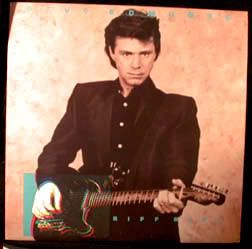
The British rocker and leader of the band Rockpile enjoyed his only Top Ten hit with the song in 1971.
About a minute into Edmunds' single, the singer name-checks Fats Domino, Smiley Lewis, Chuck Berry and Huey Smith.
Home Sweet, which also included Dave Cass and Jim Reno, referenced the same musicians in their version of the classic song.
"I started calling him 'Smiley' and it stuck," Maga related. Years later, with the nickname firmly established, the Escanaba native even fronted a band called the Smiley Lewis Blues Combo. 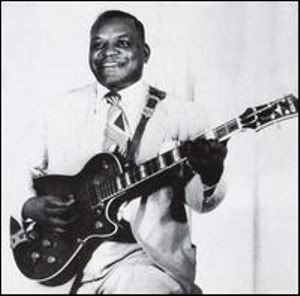
"I Hear You Knocking" was originally a No. 2 rhythm and blues hit for a New Orleans-based musician called Smiley Lewis, back in 1955.
Huey "Piano" Smith can be heard playing a memorable keyboard solo on the recording.
Television star Gale Storm of "My Little Margie" fame also recorded the song in 1955 with her version reaching No. 2 on the pop chart.
Possessing a powerful singing voice, Lewis was born in DeQuincy, Louisiana in 1913 and given the name Overton Amos Lemons.
He died in 1966, never achieving the commercial success he deserved.
Now considered an R&B standard, "I Hear You Knocking" was composed by Pearl King and producer Dave Bartholomew, who also served as a songwriting partner to Fats Domino.
Domino, of course, came upon his nickname by virtue of his size, whereas his parents preferred the name Antoine.
As Fats Domino, he registered 65 chart hits between 1955 and 1964, including "Blueberry Hill," "I'm Walkin'" and "Blue Monday."
It seems the arsenal of many R&B and blues performers had room for a descriptive tag.
Take "Slim," for instance. There's Slim Harpo, Harmonica Slim and Magic Slim. How about Bumble Bee Slim, Lightnin' Slim or Memphis Slim. Don't forget Guitar Slim and Guitar Slim Jr.
"Little" is popular, too. Take Little Milton, Little Walter or Little Jimmy King.
Sightless musicians have had a significant impact. Let's count the achievements of Blind Lemon Jefferson, Blind Willie McTell and Blind Blake.
Need religion? Call on Rev. Gary Davis, Rev. Al Green or Rev. Solomon Burke.
Feeling poorly? Visit Dr. John, Dr. Ross or Doc Pomus.
Like something on the larger side? Think about Big Bill Broonzy, Big Joe Turner or Big Joe Williams. Or consider the ladies: Big Mama Thornton, Big Maybelle or Big Time Sarah.
A number of musicians put their home state and a bit of a spelling test in their name: M-i-s-s-i-s-s-i-p-p-i John Hurt, Mississippi Fred McDowell and Mississippi Joe Calicott.
Some of the biggest stars in blues are barely known by their birth names. Muddy Waters was born McKinley Morganfield and Howlin' Wolf was first known as Chester Burnett, for example. 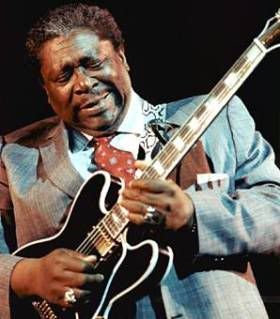
B. B. King, born in Berclair, Miss. on Sept. 16, 1925, has worn his nickname well.
You know B. B. for "The Thrill Is Gone," dozens of classic albums and countless live appearances around the world for over the last six decades.
Today he's the world's most famous blues star, recognized as the "King of the Blues."
He was named Riley after an uncle who disappeared as a child. The name was originally spelled Rileigh. King wasn't given a middle name, just the initial B.
In the years after World War II, King found himself working at WDIA in Memphis, a powerful 50,000 watt radio station broadcasting programming for black listeners. King drew inspiration from their extensive library of blues and jazz recordings.
King wrote about the era in his autobiography, "Blues All Around Me."
"All the deejays had nicknames, so they started calling me the Beale Street Blues Boy. That was three B's, and it was a mouthful. Soon I was getting letters to just the Blues Boy. From Blues Boy it was shortened to Bee Bee, and then B. B. Close friends clipped it off to just B."
Nicknames can tell revealing stories, whether they're about B. B. King, Escanaba's Jim "Smiley" Lewis, or dozens of other blues performers.

